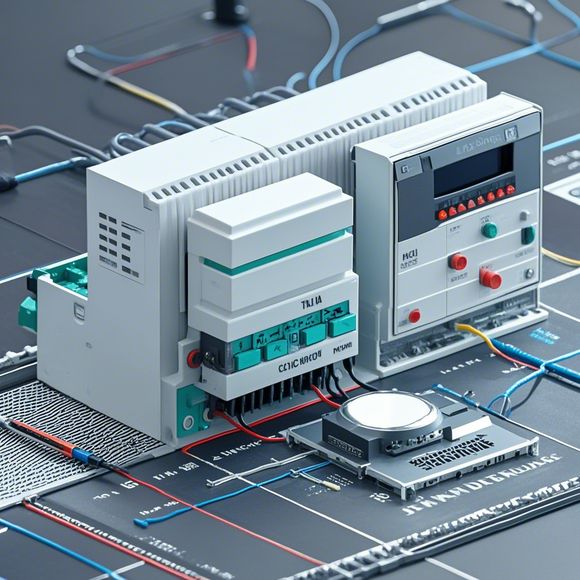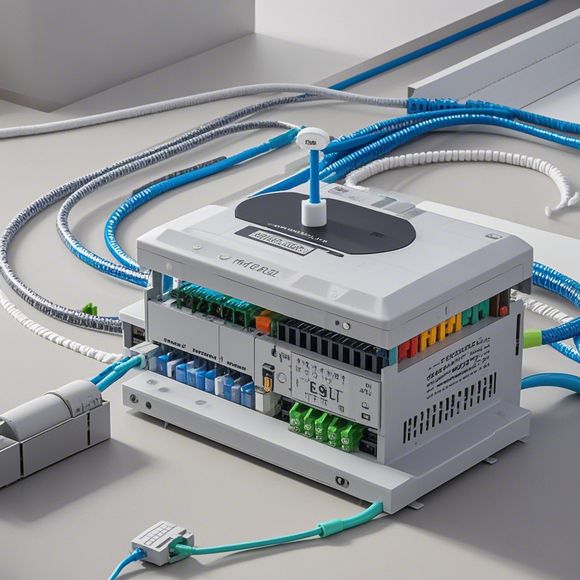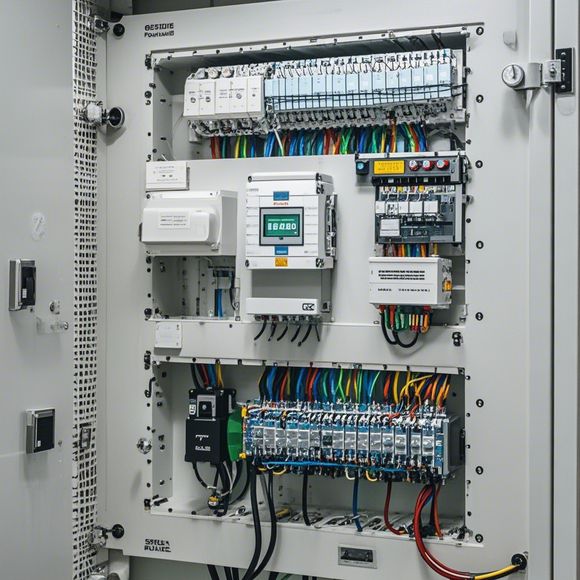A Comprehensive Guide to PLC Wiring for Various Applications
In this comprehensive guide, we delve into the intricate world of PLC wiring for various applications. Whether you're a seasoned technician or a novice just starting out, this guide aims to provide a clear and concise overview of the essential components, steps, and techniques required for successful PLC installation and programming.From understanding the basics of PLCs to mastering the intricacies of wiring, this guide covers everything you need to know to ensure your project is executed flawlessly. It includes a step-by-step guide to help you troubleshoot common issues, as well as tips on how to optimize performance and reduce energy consumption.With its practical approach and easy-to-understand language, this guide is designed to be both informative and accessible, ensuring that even the most complex tasks can be tackled with confidence. So why settle for less when you can have all the tools and knowledge you need to take control of your PLC projects?
Hello! I'm excited to share with you a comprehensive guide that will walk you through the intricacies of PLC (Programmable Logic Controller) wiring, whether you're a professional or just starting out. This guide is designed to provide you with a solid foundation in understanding how to connect and program PLCs, making it easy for you to integrate them into your various applications.
Firstly, let's start with the basics. A PLC is an electronic device that can be programmed to perform a wide range of tasks, such as control of machines, process automation, and data processing. It's a powerful tool that can help streamline your manufacturing processes and improve efficiency.
When it comes to wiring, there are several key components that make up a typical PLC system. These include the Input/Output modules, Processing Unit, Communication Modules, and Power Sources. Each of these components plays an essential role in ensuring that your PLC is working correctly and efficiently.

Let's start by discussing the input/output modules. These modules are responsible for receiving and transmitting signals from sensors or other devices to the PLC. They come in different types, including AC and DC, depending on the power source used in your application. When selecting these modules, it's important to consider factors such as signal strength, noise resistance, and compatibility with your specific PLC.
Next, we have the processing unit. This is where most of the logic and algorithms reside within your PLC. It's crucial to select a processing unit that has enough processing power and memory capacity to accommodate all the programs and data required for your particular application. Additionally, it's important to ensure that the processing unit is compatible with the input/output modules you have chosen.
Now let's talk about communication modules. These modules allow your PLC to communicate with other devices in your system, such as computers or other PLCs. There are two main types of communication modules available: Profibus and Ethernet. Profibus is typically used for industrial applications, while Ethernet is more commonly used for office environments. The choice between these two depends on the requirements of your specific application.

Finally, we come to the power sources. These are responsible for providing the energy needed to power your PLC system. There are several options available, including AC and DC power supplies. Depending on the size of your application and the power requirements, you may need to choose between these two types. It's important to choose a power supply that meets your needs and is reliable.
In addition to these key components, there are several other considerations that should be taken into account when wiring a PLC. These include safety measures, such as grounding and protection against electrical shock, as well as proper documentation and testing procedures.
As you can see, PLC wiring can be a complex task, but with careful planning and attention to detail, it's possible to create a reliable and efficient system. By following this guide, you can ensure that your PLC is properly connected and programmed, allowing you to harness its full potential and achieve your goals. So why wait? Start today and take your first steps towards a successful PLC project.

Content expansion reading:
Articles related to the knowledge points of this article:
Mastering the Art of Plc Controllers: A Comprehensive Guide to Understand and Implement
PLC Controller for Manufacturing Automation
How to Use a PLC Controller for Your Business
PLC (Programmable Logic Controller) Control System Basics
The Role of Programmable Logic Controllers (PLCs) in Foreign Trade Operations